Ever heard of an engine so tough it laughs at high mileage, boost, and neglect?
From America’s rugged iron‑block classics to Japan’s precision‑built marvels, we’ve rounded up 15 motors that run harder, last longer, and refuse to quit.
Buckle up—these powerplants are ready to prove their absolute, legendary endurance.
1. GM 3800 V6
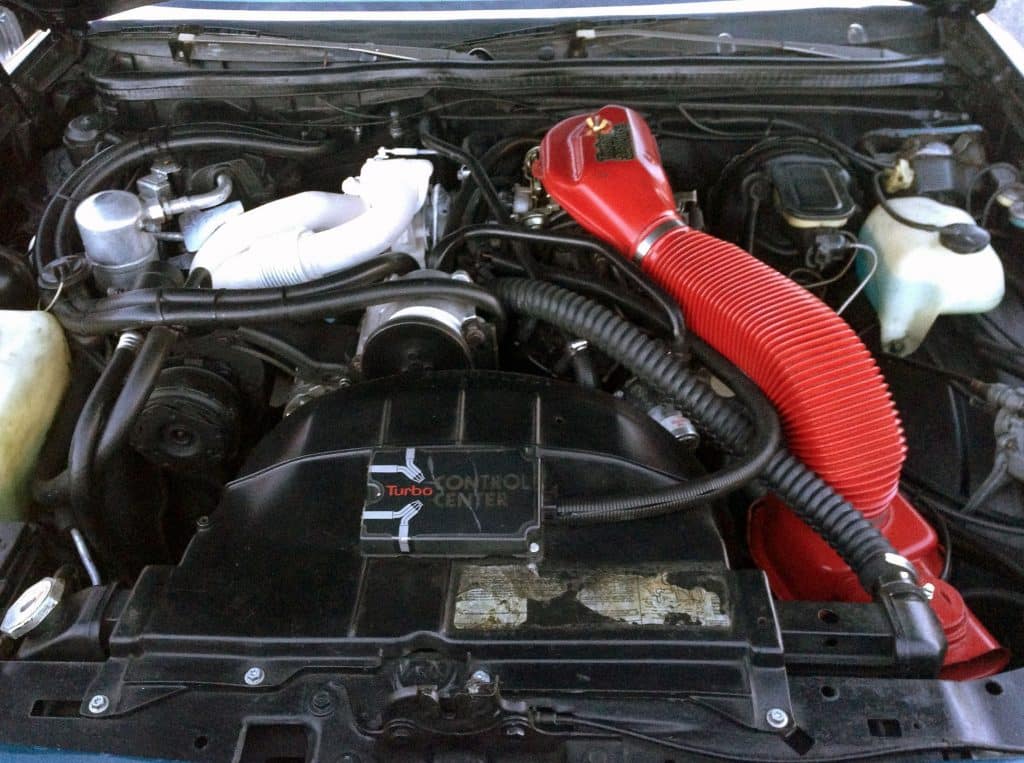
The Buick 3800 V6, lovingly dubbed the “GM 3800,” rolled off assembly lines from 1962 through 2008—a production run spanning 46 years.
That alone says something about its staying power, but what makes it bulletproof? For starters, the iron block and robust head gasket design could withstand high mileage and moderate boost without blowing head gaskets.
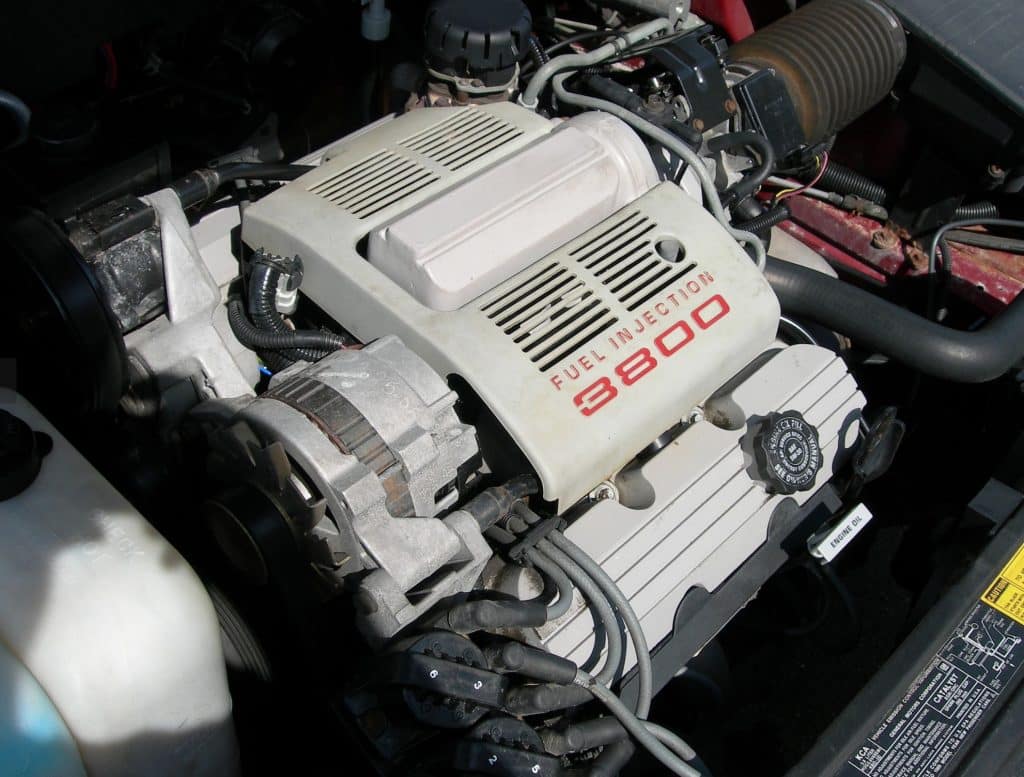
Owners routinely see 200,000+ miles before anything more serious than routine maintenance is needed.
Buick engineers iterated on the 3800 in three series, with the Series II and III adding roller rockers, improved cooling passages, and balanced rotating assemblies.
These upgrades turned a sturdy highway cruiser into a sleeper capable of handling up to 12–14 psi of turbo boost on the Series II “Turbo” variant.
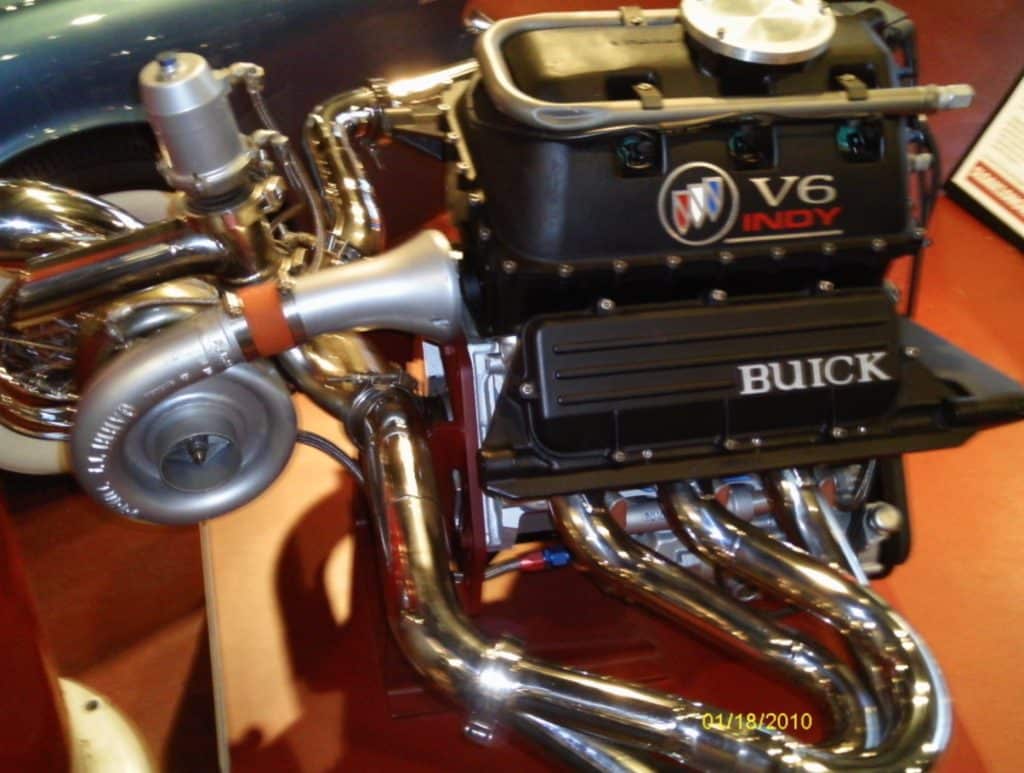
Beyond the factory turbos, aftermarket support is vast—cams, intake manifolds, and even forged pistons drop right in, letting you chase 400+ reliable horsepower.
Practical, easy to service, and backed by GM’s parts network, the 3800 V6 shines in everything from sedans to minivans.
If you’re looking for an engine to build on or simply leave alone for decades of faithful service, the 3800 deserves a spot at the top of your list.
2. Toyota 2JZ‑GTE

When you think “bulletproof,” it’s hard to beat Toyota’s 2JZ‑GTE straight‑six.
Produced from 1991 to 2002 in the legendary Mk4 Supra, this engine’s cast‑iron block and closed‑deck design shrug off extreme boost levels.
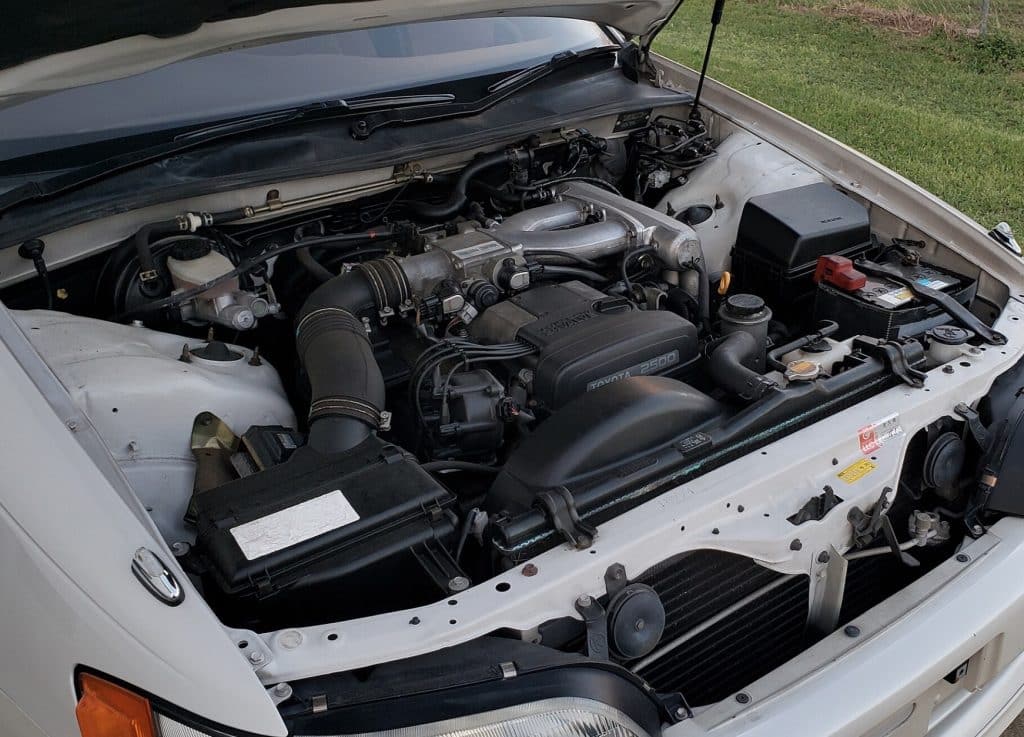
Stock internals survive 600–700 hp all day, and with modest upgrades (ARP head studs, stronger rods), many enthusiasts push 1,000+ hp on a stock bottom end.
The 2JZ‑GTE’s vertical twin‑turbo setup delivers silky power delivery and a characteristic whistle that’s become a badge of honor among tuners.
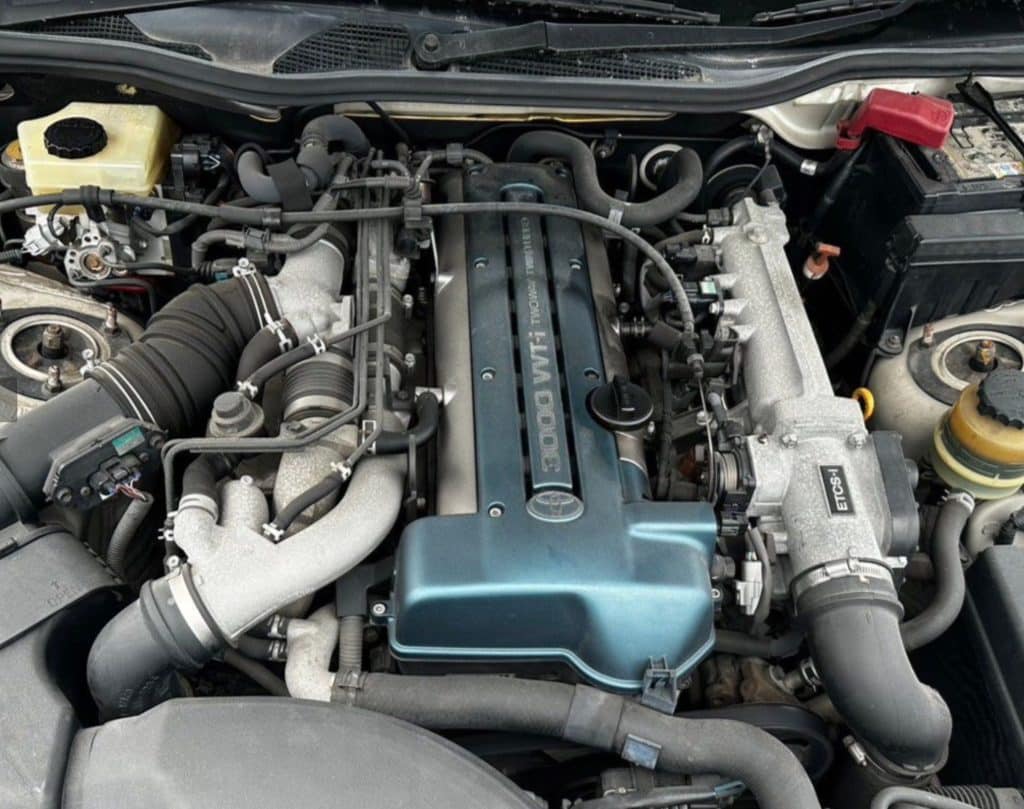
Toyota’s precision machining means every component—from the forge‑welded crank to the high‑flow head ports—meets tight tolerances.
This engine doesn’t just handle abuse; it begs for it.
In daily‑driven Supras or track‑only monsters, the 2JZ‑GTE remains as reliable today as it was in the early ’90s.
Parts are plentiful, and an entire aftermarket ecosystem ensures you’ll never be stuck. For many, the 2JZ‑GTE is the ultimate proof that Toyota builds engines to last—and last hard.
3. GM LS V8
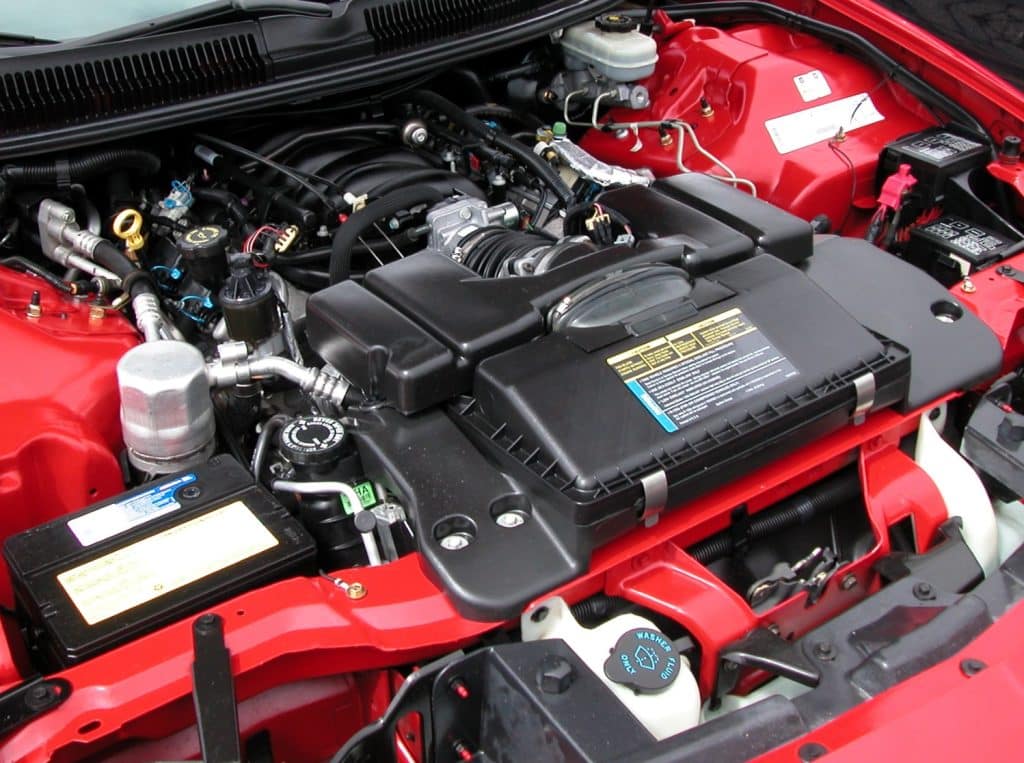
Since its debut in 1997, GM’s LS family has dominated everything from street rods to endurance racers.
The LS1 launched in the C5 Corvette, followed by dozens of displacement and configuration variants—small‑block V8s that ran through LS9, LSX, and beyond.
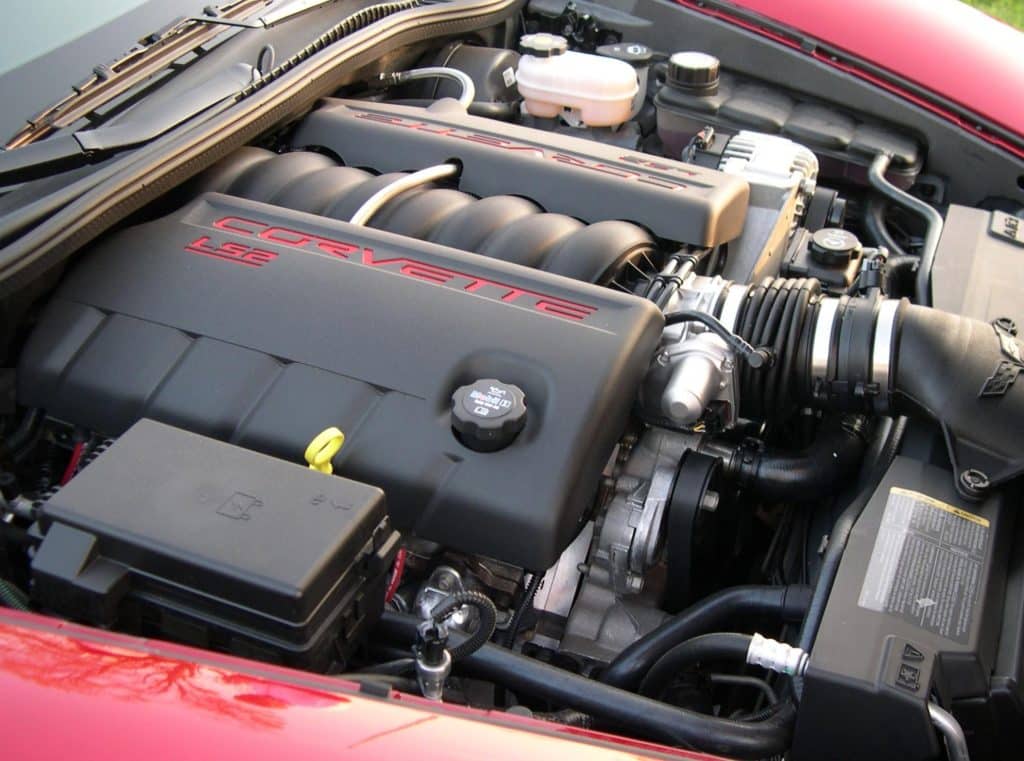
Even though production of some LS heads ended around 2017, the architecture lives on in LT series engines, underscoring its enduring design.
What makes the LS so unbreakable? It starts with a deep skirt block for rigidity, sintered powdered‑metal rods, and a coil‑on‑plug ignition that keeps spark delivery rock‑steady.
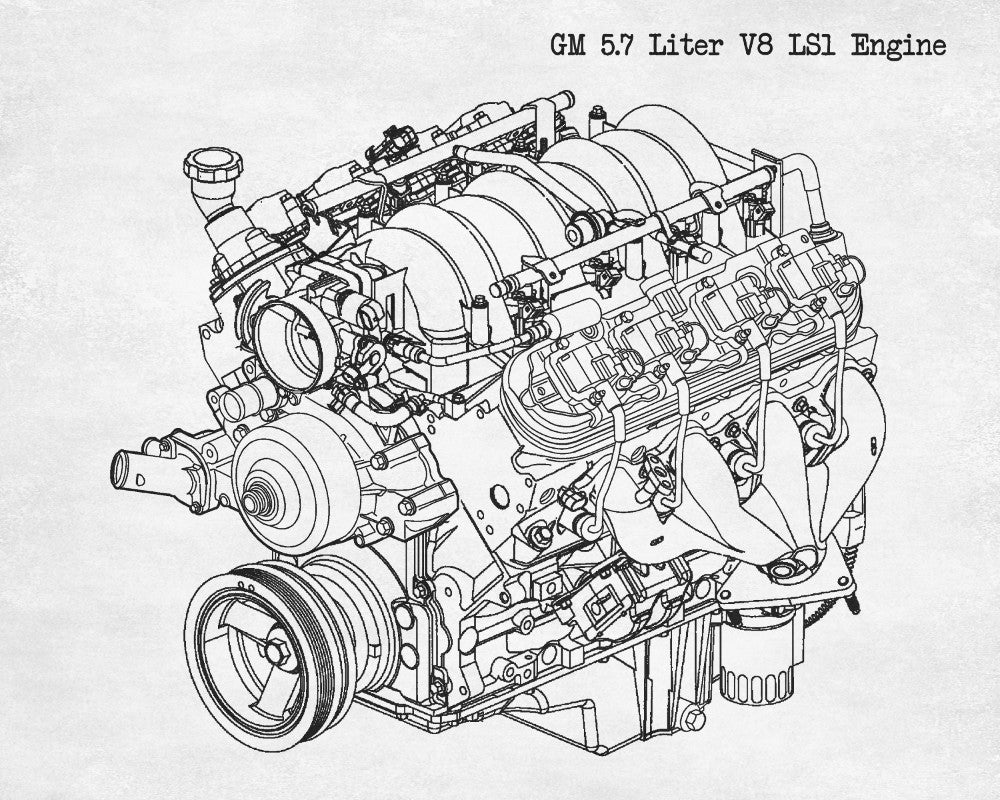
The OEM pistons and crankshaft are known to survive serious boost—up to 600 whp without internal upgrades—making it a tuners’ dream.
Cylinder heads flow like mad, and aftermarket support is practically limitless.
Whether you’re swapping an LS into a classic Mustang or boosting a Corvette to seven‑second quarter‑miles, the LS delivers unwavering dependability.
It’s light, compact, and parts fall off the shelf at any junkyard or performance shop. That combination of strength, simplicity, and availability cements the LS V8’s place in the pantheon of undying engines.
4. Toyota 22R/22RE
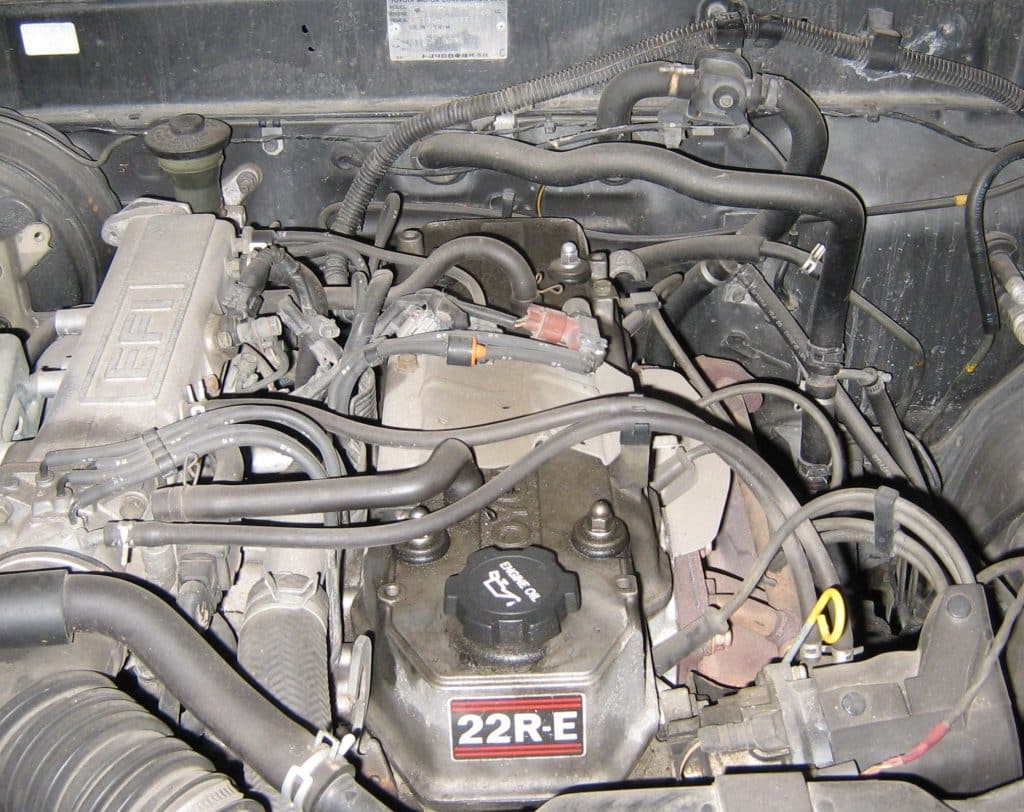
Toyota’s 22R and 22RE four‑cylinder engines powered trucks and SUVs from 1982 through 1997, with the carbureted 22R starting in 1981.
Known for a thick iron block, SOHC head, and tractable torque curve, these engines routinely exceed 300,000 miles on the original rocker arms and stock valve train.
The 22RE’s electronic fuel injection added reliability and ease of cold starts—no more carb tuning in the boonies.

Off‑roaders love the 22R for its low‑end grunt and mechanical simplicity—no complex variable‑valve systems to break.
The bottom end uses a full‑floating wrist pin and robust connecting rods that shrug off high‑RPM whacks.
Parts interchangeability across many Toyota pickups and 4Runners means you can find spares anywhere on the planet.
If you ever need an engine that laughs at neglect, harsh conditions, and DIY-level wrenching, the 22R/RE tops the list.
It’s not the most powerful four‑banger, but its legendary toughness and straightforward design keep these trucks trucking long after newer engines give up.
5. Chrysler Slant‑6
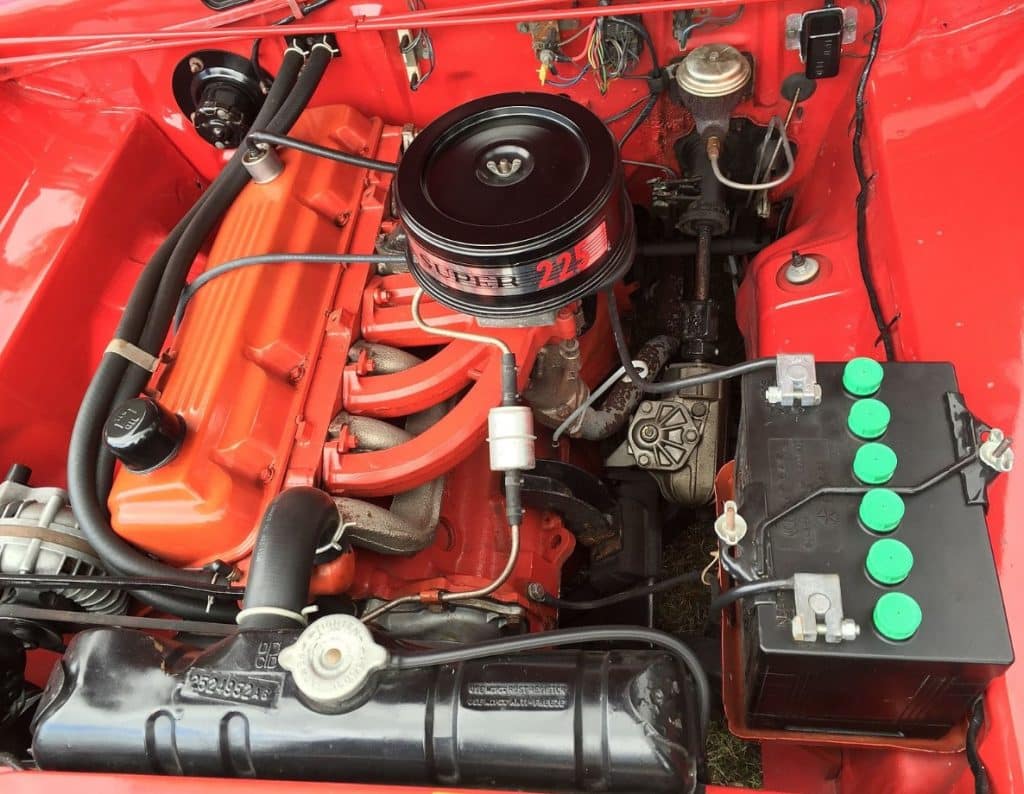
Chrysler’s Slant‑6, officially the 225 cubic‑inch inline‑6, powered everything from Valiants to Dodge Darts between 1959 and 2000.
Its 30‑degree tilt allowed for a lower hood line, but the real magic lay in its long stroke, iron block, and forgiving rod ratio—all recipe for unmatched torque and longevity.
Tuners even adapted superchargers and turbo kits, extracting over 300 hp while retaining streetcar reliability.
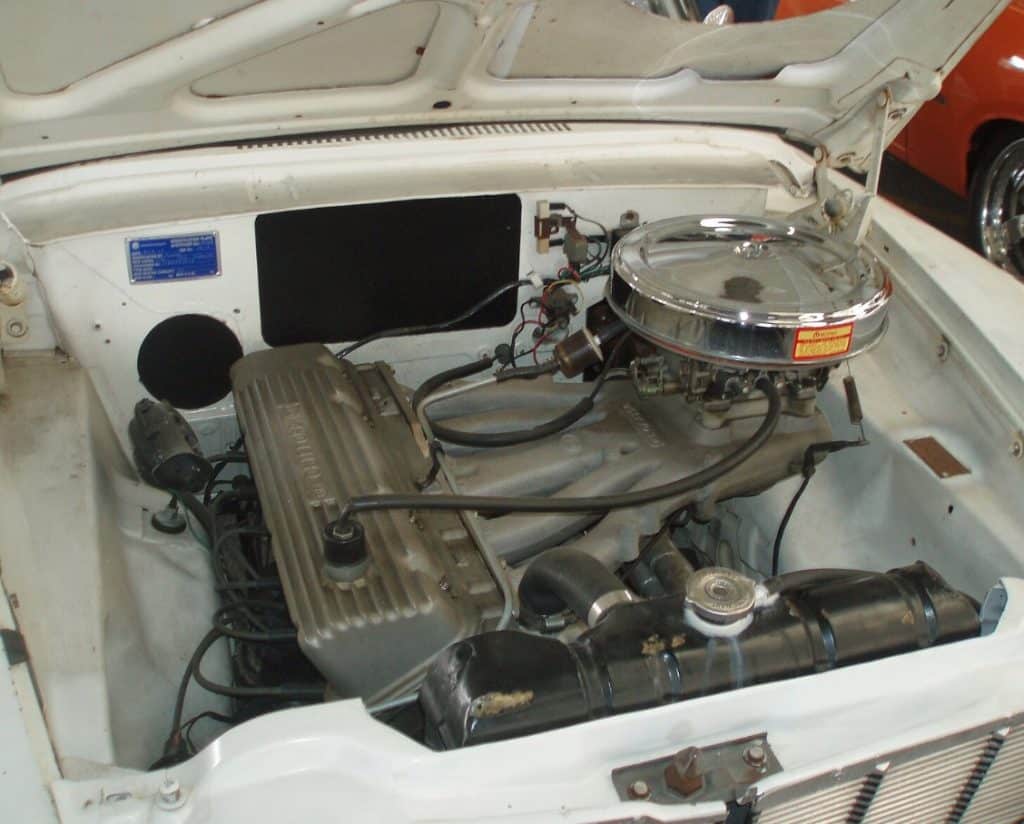
Factory versions boasted hemi‑style combustion chambers and an integral oil filter, plus Chrysler’s early use of an inline six meant fewer moving parts to go wrong.
Enthusiasts have reported original Slant‑6s running strong past the quarter‑million‑mile mark, usually sacrificed only by rust or axle issues.
Today, the Slant‑6 enjoys cult status among classic Mopar fans.
Whether you’re cruising a ’60s Dart or building a vintage race car, this engine proves that American six‑cylinder power can be as unbreakable as any V8—and twice as smooth.
6. Mercedes‑Benz OM617 Diesel

From 1974 to 1985, Mercedes‑Benz built the OM617 straight‑five diesel—an engine so sturdy it often outlasted the cars themselves.
With a cast‑iron block, belt‑driven camshaft, and mechanical fuel injection, these diesels handled millions of low‑speed miles with minimal maintenance.
It wasn’t about horsepower (around 80–110 hp stock); it was peak torque and bulletproof construction.
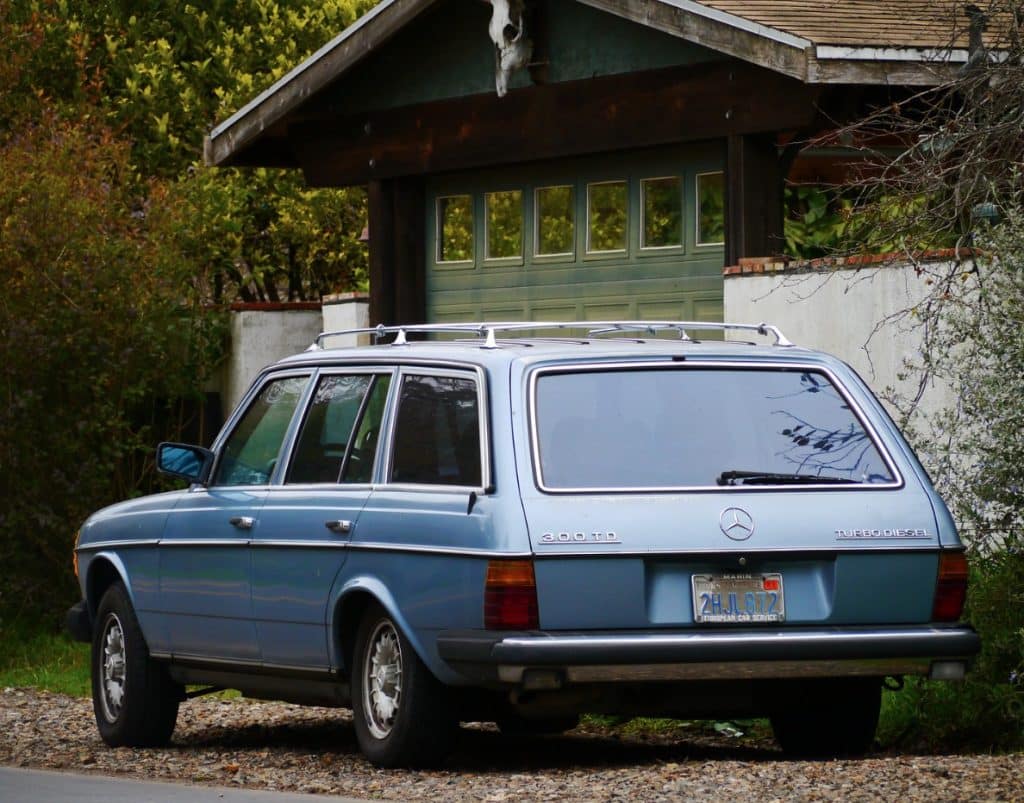
Owners report clocks ticking past 500,000 and even 1,000,000 miles, with only routine oil changes and injector tweaks.
The head gasket design is forgiving of mild overheating, and the non‑interference valvetrain means a slipped timing belt rarely causes catastrophic failure—just a stranded driver.
Ideal for high‑mileage touring or industrial applications, the OM617’s mantra is “run forever.”
Classic 300D models still fetch a premium for their mechanical simplicity and unstoppable reliability. If you want an engine that scorns modern electronics, this 40‑year‑old diesel is your poster child.
7. Ford 300 Inline‑6
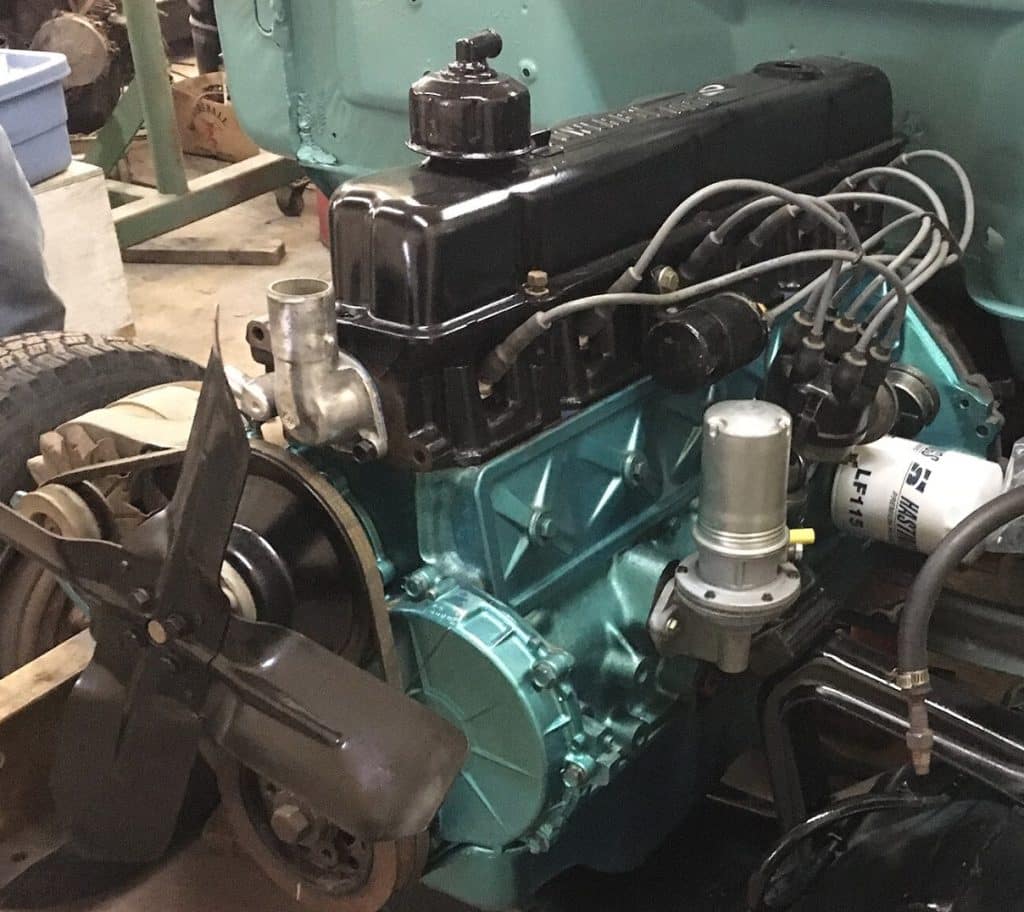
Ford’s 300 cubic‑inch inline‑6, produced from 1965 through 1996, is the unsung hero of pizza delivery fleets and farm equipment alike.
Its deep skirt iron block, forged crank, and oversquare bore gave it stout torque—over 260 lb‑ft in later, high‑compression versions. It thrived on low‑RPM grunt, making it ideal for towing and heavy loads.
Mechanically simple—carbureted until 1987, then throttle‑body injection—this engine requires little more than periodic tune‑ups. Fans of junkyard swaps prize it for bulletproof durability; it bolts into countless F‑series trucks and E‑series vans.
Hot‑rod builders even shoe‑horn turbochargers or nitrous when they crave more power.
If you want a motor that laughs in the face of maintenance neglect and low‑quality fuel, the Ford 300 is your go‑to.
It’s the perfect embodiment of Ford’s “built Ford tough” ethos—and still shows up where lesser engines have called it quits.
8. Toyota 1UZ‑FE
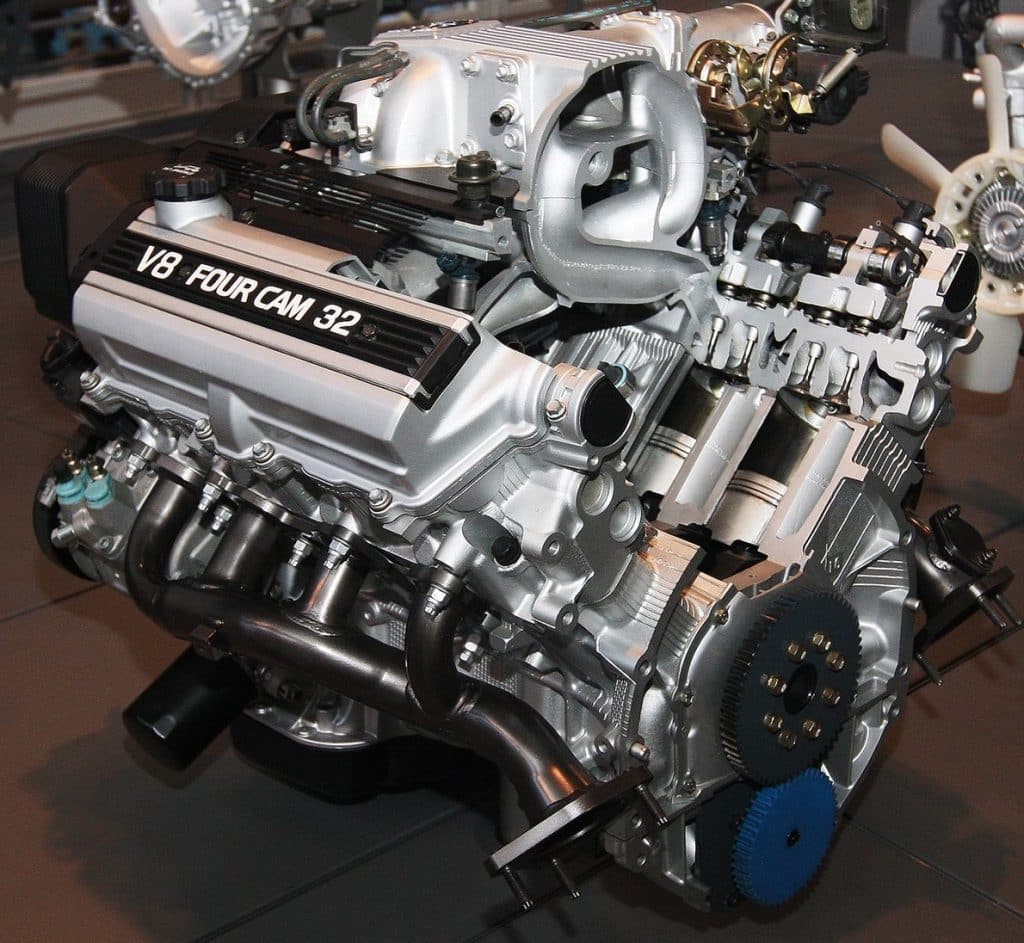
When Toyota unveiled the 1UZ‑FE 4.0L V8 in the 1989 Lexus LS400, few expected such refinement and longevity.
Built until 1997 (with variants running into the early 2000s), this all‑aluminum engine pioneered forged crankshafts, silicon‑aluminum pistons, and a dual‑stage intake manifold for smooth torque delivery.
Despite aluminum construction, the block’s reinforced bulkheads resist warping even after high‑RPM abuse.
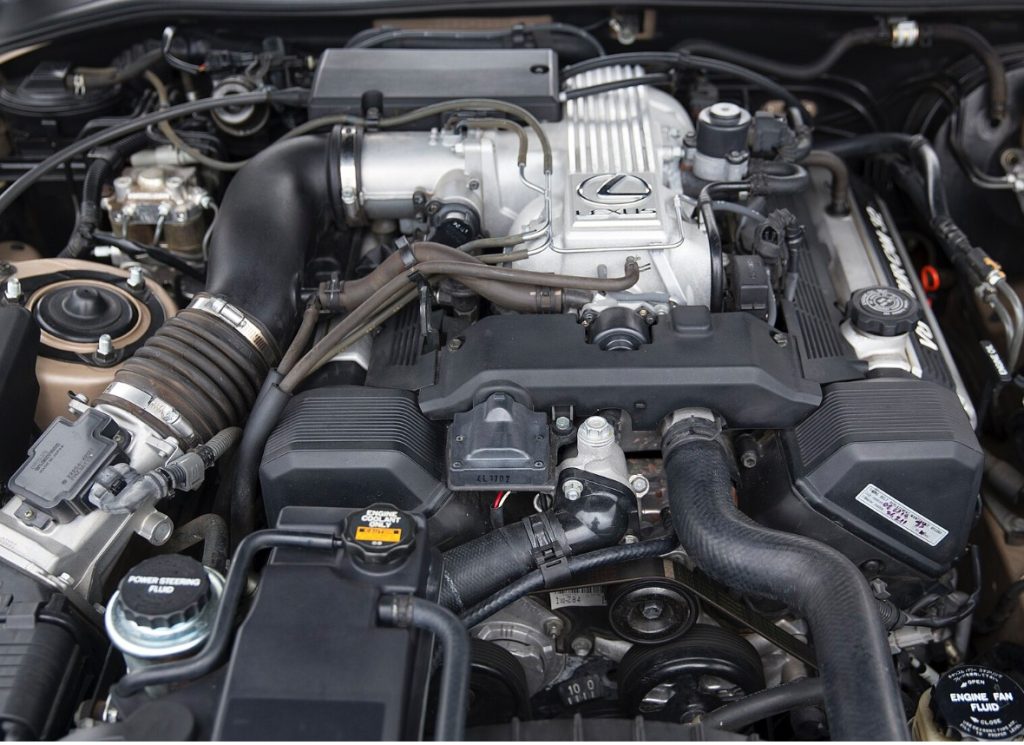
Owners routinely press 250,000–300,000 miles on original internals, praising the 1UZ’s buttery idle and linear powerband. It’s street‑quiet but can handle moderate boost—turbo‑charged 1UZ swaps are surprisingly common.
Toyota’s meticulous factory assembly ensures tight clearances and consistent oil flow to every journal.
Reliable well beyond its luxury‑car roots, the 1UZ‑FE finds new life in project cars, marine builds, and restomod classics.
Its combination of sophistication and mechanical sympathy makes it a standout among foreign V8s.
9. Chrysler 426 Hemi V8
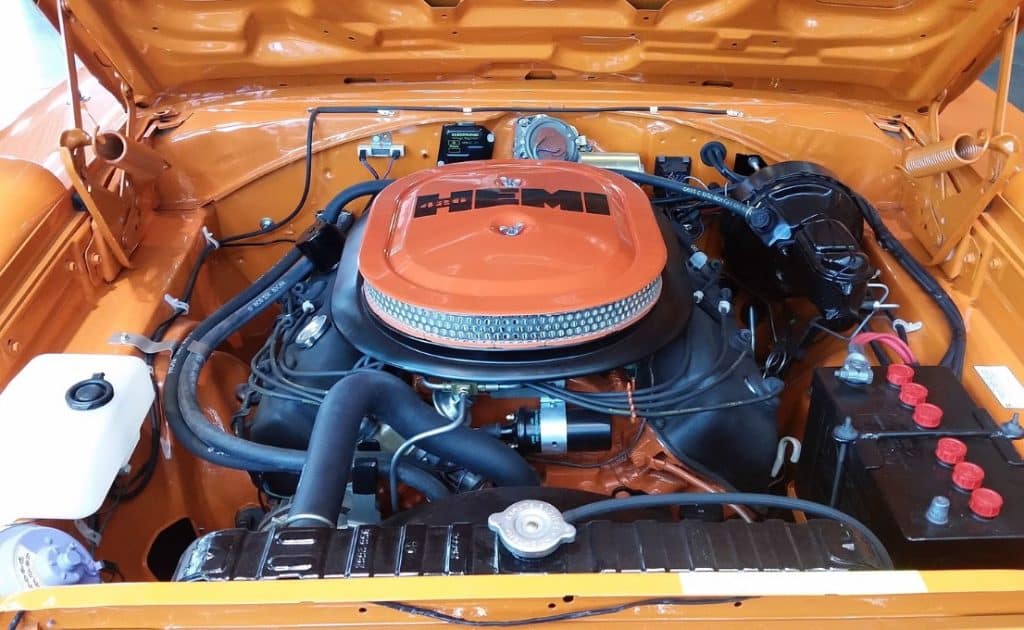
The “Elephant Engine” roared into life in 1964, and production Hemi variants ran through 1971—with a brief resurrection for drag‑strip cars in the early 2000s.
Chrysler’s 426 Hemi featured a massive cross‑bolted iron block, hemi‑hemispherical combustion chambers, and solid lifter valvetrain, delivering 425+ hp stock and an unbreakable bottom end.
Built for NASCAR dominance, the Hemi’s head design promotes excellent flame travel and high compression ratios.
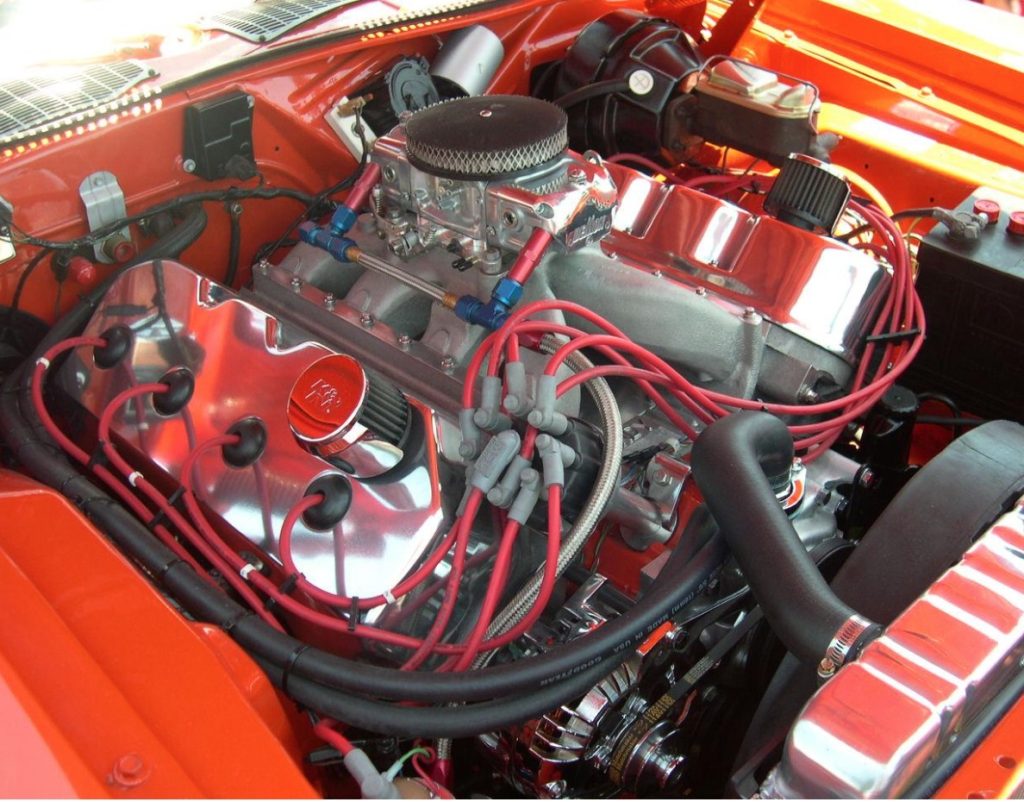
The forged steel crank and beefy connecting rods shrug off abuse, and the block’s shape resists twist under boost or nitro.
Street versions responded well to aftermarket intake manifolds and cam swaps, with many examples still running strong at 200,000+ miles.
Beyond muscle‑car glory, the 426 Hemi set engineering benchmarks. Its design trickled into modern engines, and OEM “clone” blocks keep the spirit alive.
If you crave legendary status and roar, the Hemi delivers an indomitable package.
10. Nissan RB26DETT
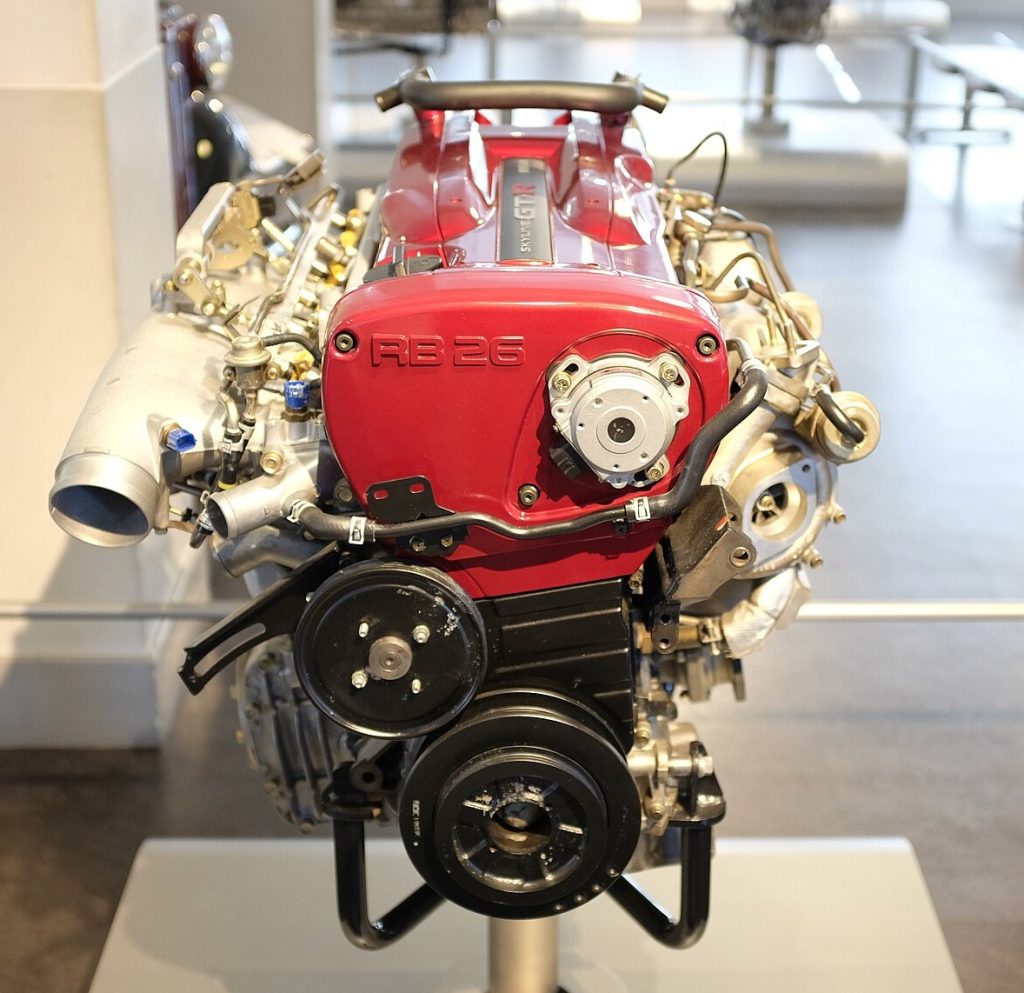
In the high‑stakes world of Group A racing and street tuning, Nissan’s RB26DETT straight‑six from 1989 to 2002 earned its stripes.
Fitted to the R32–R34 Skyline GT‑R, it sported a closed‑deck iron block, billet crank, and parallel twin turbos, spitting out 276 hp stock (Japan’s gentleman’s agreement) but capable of 600+ hp on factory rods.
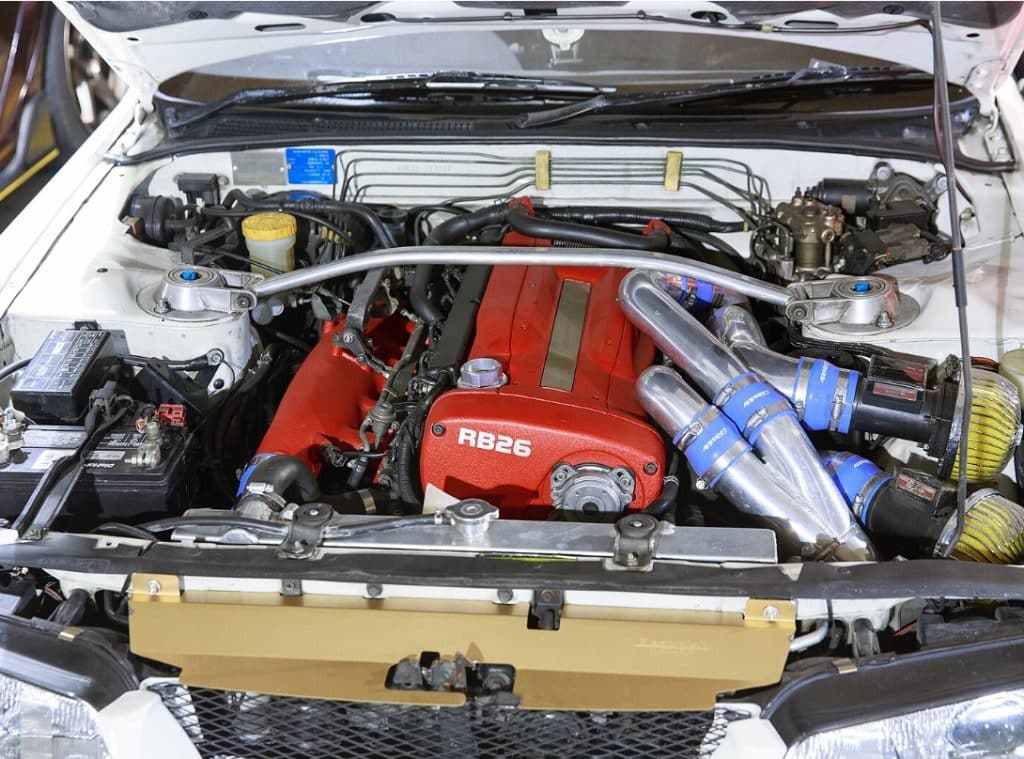
The RB26’s strong bottom end and robust head studs allow tuners to crank up boost well beyond factory levels.
Forged pistons and high‑flow cams are easy to source, and the gearbox and driveline can follow suit with moderate upgrades.
The beam‑style oil pump keeps oil pressure stable under high‑G cornering.
Even today, RB26 swaps remain highly sought after for drift cars, track builds, and street monsters. If you want a Japanese six‑cylinder legend that tolerates massive power, look no further than the RB26DETT.
11. Ford 302 Windsor V8
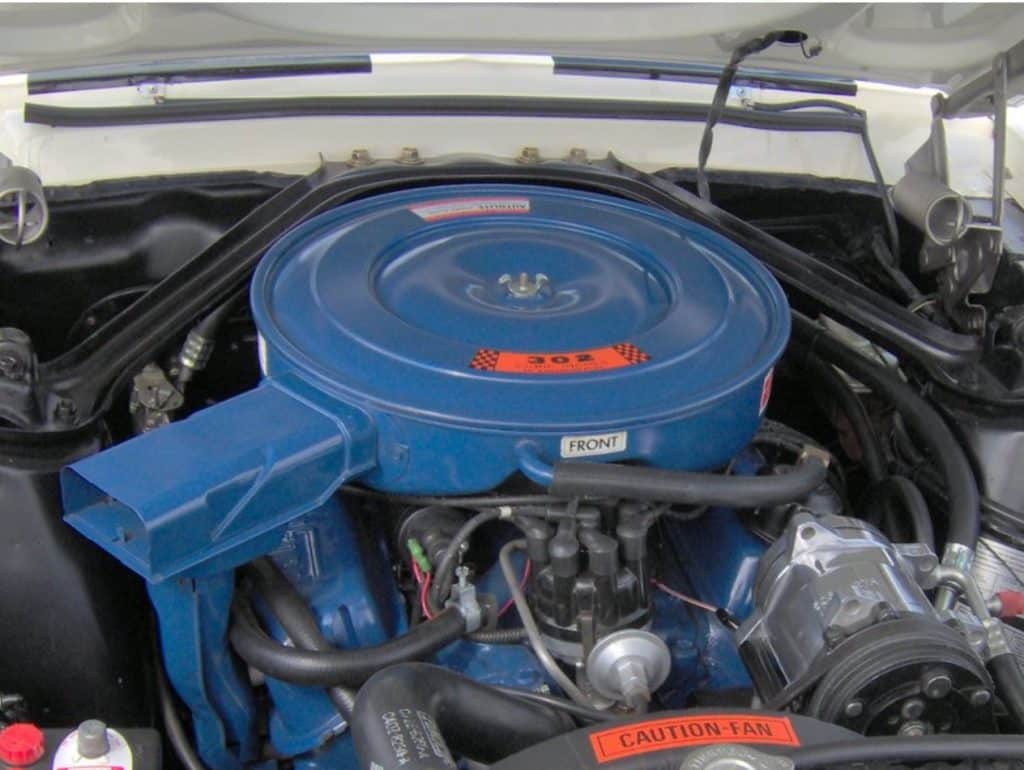
Ford’s 302 cubic‑inch Windsor V8, in production from 1968 through 2001, became the small‑block standard in Mustangs, F‑150s, and countless other platforms.
With a 230‑hp debut and numerous performance variants (5.0 HO, Cobra), the 302 combined aluminum intake options, cast‑iron heads, and a forgiving block that took mild horsepower mods in stride.
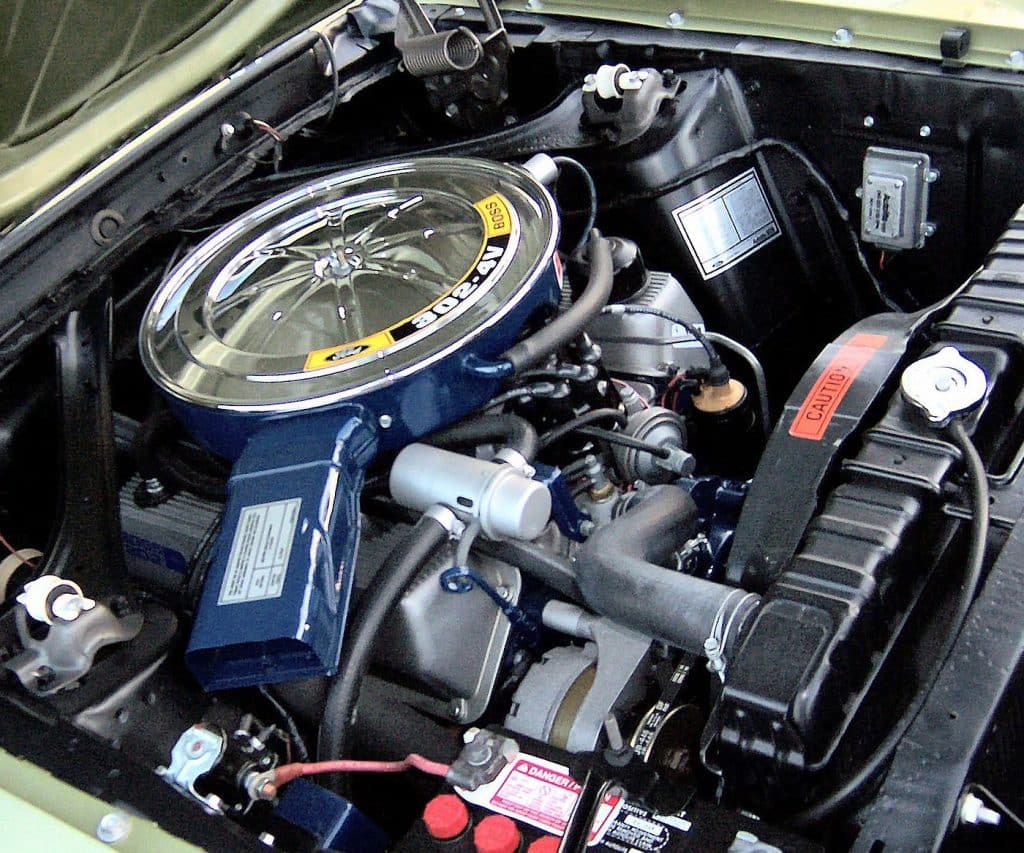
Whether carbureted or fuel‑injected, the 302 responds well to cam and head upgrades. Factory blocks tolerate up to 450–500 hp with stock internals, and aftermarket forged rotating assemblies push that ceiling even higher.
Maintenance is straightforward: a distributor drive, easy‑to‑find gaskets, and simple valve adjustments.
From street cruisers to circle‑track racers, the Windsor V8’s simplicity and parts ubiquity mean you’ll never be without a spare cap, rotor, or camshaft. It’s a cornerstone of American V8 culture—and its reliability record speaks for itself.
12. Volkswagen 1.9L TDI Diesel
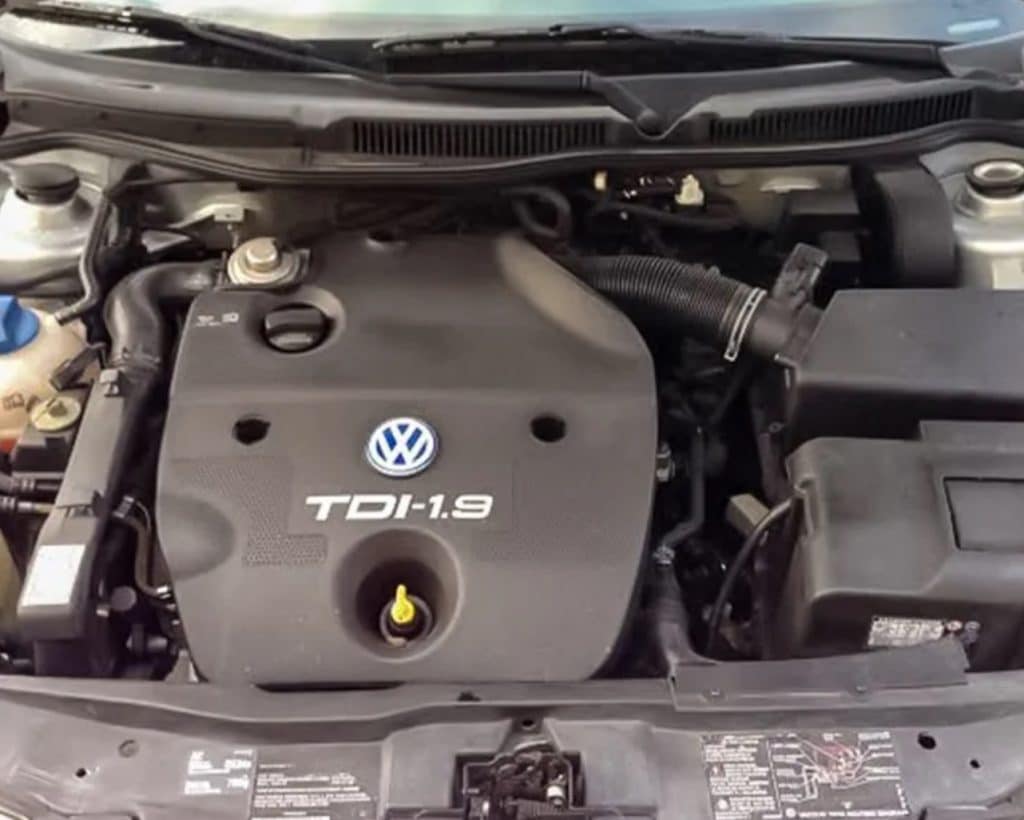
First appearing in VW’s lineup in 1996, the 1.9L TDI (Turbocharged Direct Injection) diesel powered Jetta, Golf, and Passat models through the mid-2000s.
With a cast‑iron block, mechanical injection pump, and helical‑cut timing belt drive, these engines deliver 110–150 lb‑ft of torque from idle—perfect for effortless highway cruising.
Known for 600,000+ mile lifespans on stock internals, the 1.9L TDI thrives on oil-change discipline and quality fuel. The head gasket rarely leaks, and the solid roller rocker arms avoid frequent valve-train service.
Even with factory turbochargers, many TDIs sail past 300,000 miles before needing a new head bolt job or turbo rebuild.
Today’s Eurovan campers and tuner diesels alike prize this engine for reliability, fuel economy, and modest tuning potential.
Simple EGR deletes, remaps, and intercooler upgrades can unlock additional breathing without sacrificing longevity.
13. Cummins 5.9L 12‑Valve Inline‑6
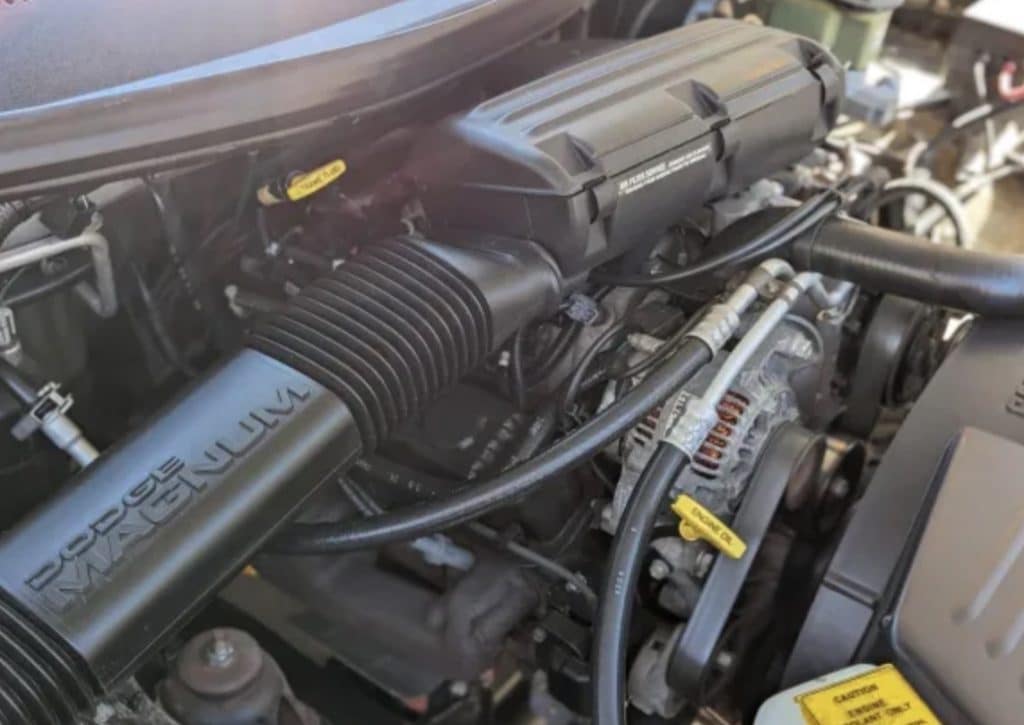
From 1989 to 2007, Cummins’ 5.9L 12‑valve spun in Dodge Ram pickups, earning a reputation as the most durable diesel on the planet.
Its cast‑iron block, mechanical inline‑pump injection, and oversquare bore produced 160–215 hp and 400+ lb‑ft of torque—numbers that still feel heavy-duty today.
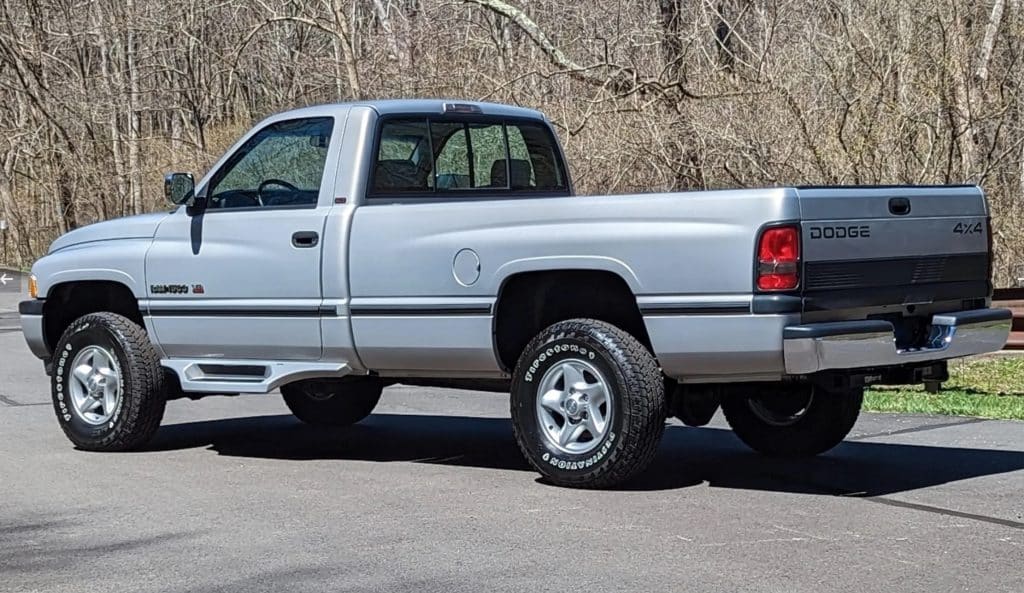
What sets the 12‑valve apart is its simplicity: no electronics to fry, just a mechanical injection pump and solid lifter valvetrain.
You can drop in an aftermarket cam, boost the turbo, or upgrade injectors, and the bottom end won’t budge.
It’s not uncommon to see original motors with 500,000–700,000 miles on them before even considering overhaul.
Whether you’re building a high-mileage daily driver or a competition puller, the Cummins 5.9L 12‑valve remains the gold standard for dependability.
Parts are everywhere, and even in remote areas, you can usually find a skilled diesel mechanic to keep it running.
14. Toyota 1GR‑FE 4.0L V6
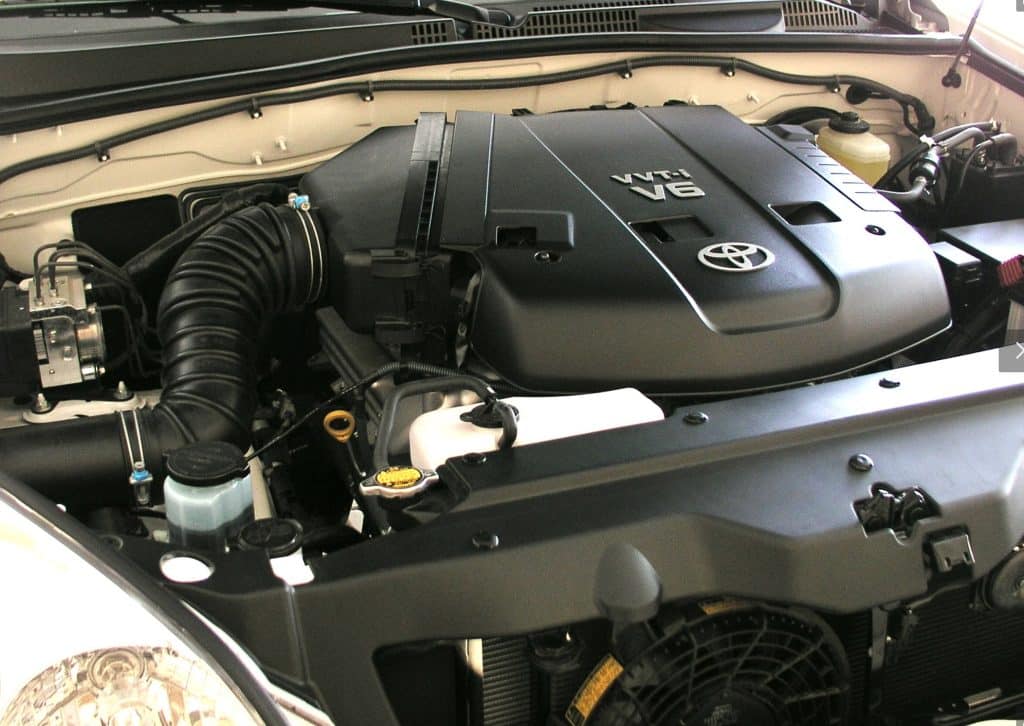
Introduced in 2002 for the Tacoma and later used in Tundra, 4Runner, and FJ Cruiser, Toyota’s 1GR‑FE remains in production for some markets into the early 2020s.
Its aluminum block, dual VVT‑i, and forged crankshaft produce 236–270 hp and 266–278 lb‑ft of torque, all while surviving punishing off‑road conditions.
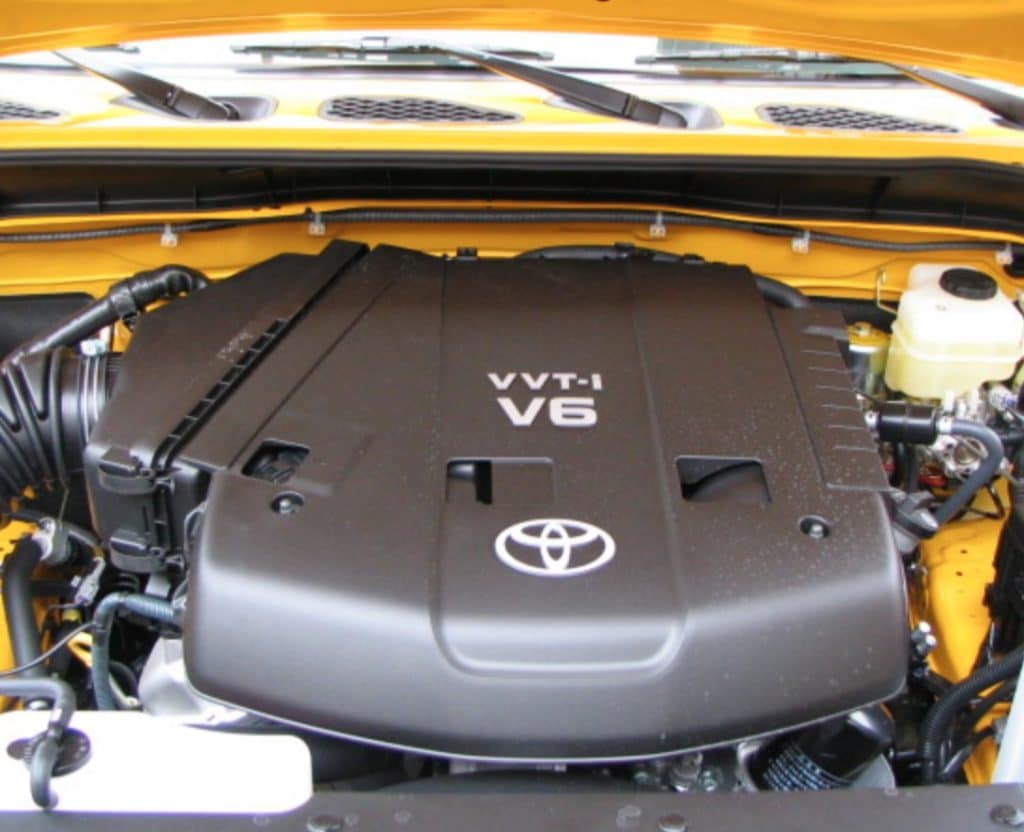
The 1GR‑FE’s cross‑flow head, open‑deck block with thick cylinder walls, and water-cooled exhaust manifold help it shrug off heat and boost.
Many owners add superchargers or turbochargers, capping out around 400–450 hp on stock internals. Toyota’s low‑friction piston rings and reliable cooling system ensure long service intervals.
For overlanders, campers, and family SUVs, the 1GR‑FE’s ability to run on low‑grade fuel and tolerate neglect makes it a top choice.
It’s proof that modern foreign engines can match—and sometimes exceed—the longevity of their domestic peers.
15. Ford 7.3L Power Stroke Diesel
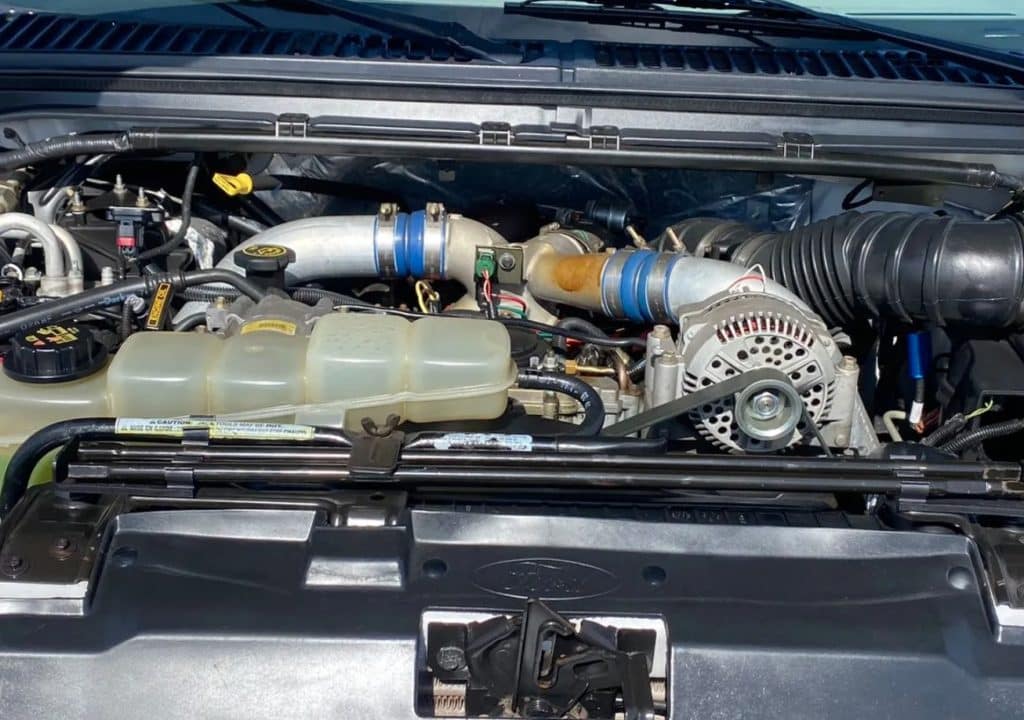
Ford’s first in-house Power Stroke diesel, the 7.3L IDI and NTD variants ran in Super Duty trucks from 1994 through 2003.
Built on a cast‑iron block with a remote‑mounted turbo, HEUI injection, and a forged crank, it delivered 210–275 hp and 425–525 lb‑ft of torque—figures that remain competitive today.
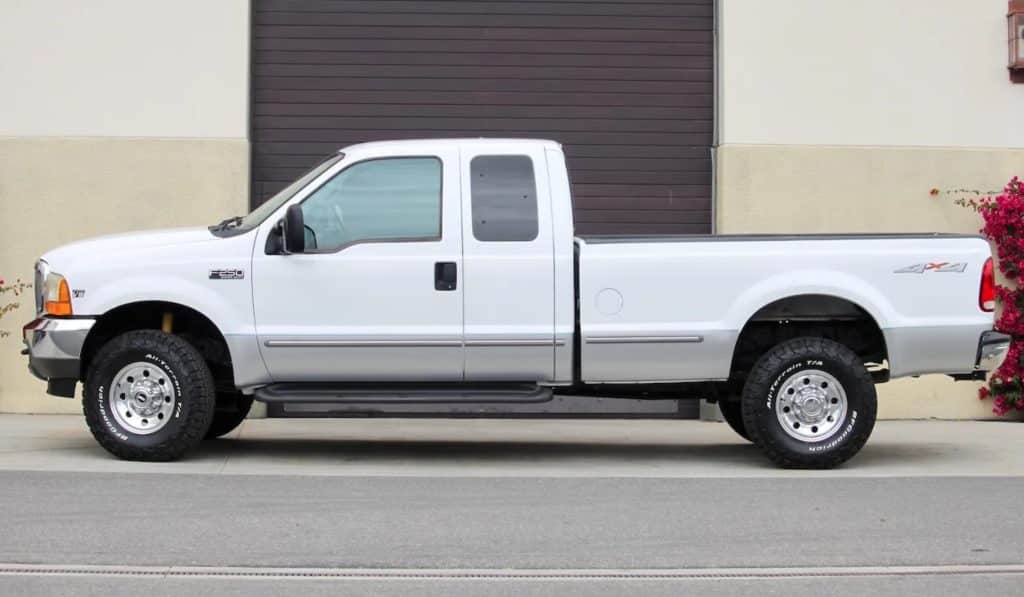
The 7.3L’s HEUI system uses engine oil pressure to actuate injectors, reducing mechanical complexity. A timing gear train avoids belt failures, and the cooling system resists heat soak during heavy towing.
Drivers report 300,000+ mile lifespans before any major overhaul, with some surpassing 500,000 miles on original heads and rods.
Whether you’re hauling a fifth wheel across the country or running a farm rig, the 7.3L Power Stroke’s blend of power, refinement, and mechanical integrity stands the test of time.
It remains a favorite for anyone who values diesel durability above all else.
Each of these 15 engines has earned its spot in legend by combining smart engineering, rugged materials, and decades of proven performance.
Whether homegrown or imported, they share one common thread: nothing breaks them sooner than the laws of physics—or poor maintenance.